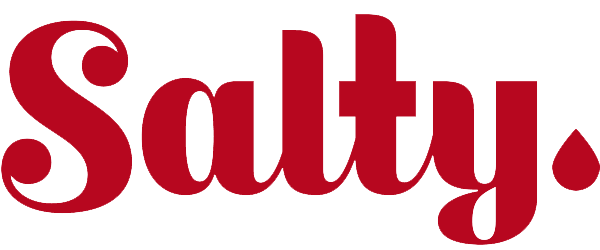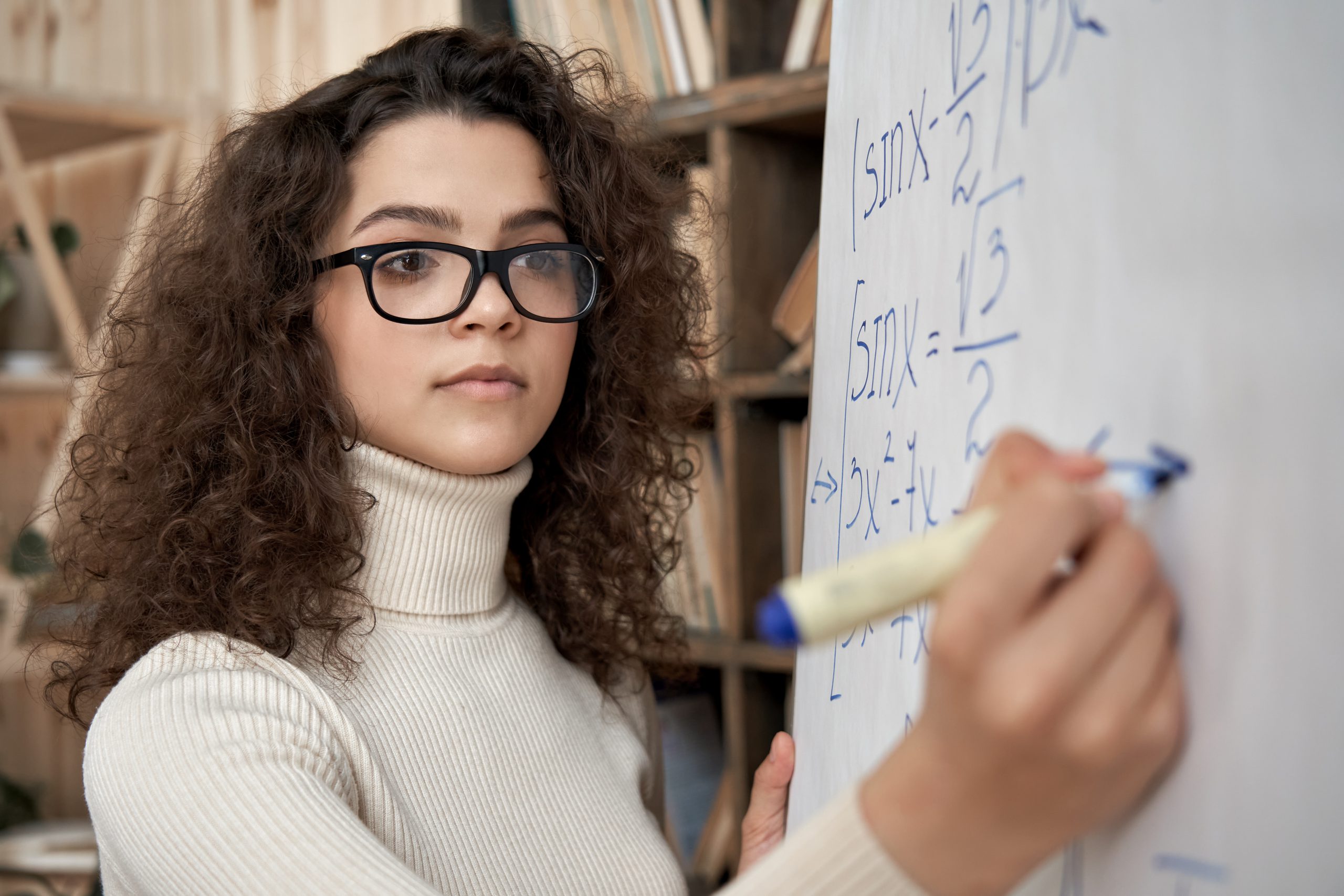Written by Emma Frohardt.
At twenty-two, I came out to my middle school math teacher. I soon realized that this was little more than a formality. Shortly after our conversation, I received an email in which she shared that she had a feeling about my queerness before I did, back when I was thirteen. At the time, I was painfully unaware of this part of myself. I was also terrible at math. There were certain equations that clicked together easily, and others I would spend extra time at Ms. S’s desk attempting to understand. My sexuality was not one of them.
Growing up is learning and unlearning parts of yourself.
After I changed schools, Ms. S and I began meeting regularly for breakfast. When our time in the booth was drawing to a close, she would gently query: “so do you have a boyfriend or girlfriend or special person in your life?” I always felt a particular warmth when this question was asked, but never quite understood why. In her email years later, she asked: what would have helped me feel more supported in middle school? What could she do now for teenagers like me, ones she had the same feeling about, ones she wanted to guide through the unbecoming, sticky, yet vital years of early adolescence and identity formation?
Growing up is learning and unlearning parts of yourself. Parts that you may not be familiar with or that sometimes feel unreachable. I was (and often remain) illegible as queer to those who surround me. This is the slippery invisibility and privilege of being femme and queer. Without pause, assumptions are filed away, reinforcing the notion of straightness as default. Ms. S is one of a handful of people in my life so far who have included “girlfriend” and a gender-neutral category in the often dreaded yet always expected question of romantic attachment. And having those few was a gift. Many have none.
One month later, I received another email from Ms. S with several math problems that she had edited to include queer relationships. After reading them, I wondered: what would have happened if I had Mary and Joanie or Jimmy and Peter to guide me through learning how to plot a graph and calculate probability? What happens when queerness is part of the equation?
I don’t remember the first time I had feelings for someone outside of heteronormative bounds, but I remember the first time I dismissed the possibility. I was fourteen, sitting in the car with my family. While paused at a red light, my sister blurted out, “Emma, are you a lesbian?” I laughed, moved by her frankly straightforward query. It was a first moment of doubt, when a small voice questioned my knee jerk reaction: denial.
So much of the beauty of my experience with queerness is that it prioritizes imagination.
As I came into my understanding of my sexuality, the questions multiplied. How much earlier would I have known had I seen myself in femme queerness? Two years before my first queer love, I would casually admit romantic possibility. One specific vignette comes to mind: sitting on the floor while my friend and I spoke about different types of romance and relationality to others. I pulled at the loops in the rug as I expressed my conviction that I could “easily” fall in love with someone who wasn’t a cis man.
So much of the beauty of my experience with queerness is that it prioritizes imagination. What happens when we push beyond what we know? Question what we are taught about ourselves? What happens when all of the “what ifs?” come tumbling forth, and we sit with them, holding space for every single one? My slow series of realizations — from the partial disclosures, to revisiting my old Pinterest account and finding a “girl crush” board, to holding hands with my first love, to learning the depths of queer intimacy — are a constant evolution with no terminal point. Holding each other — platonically, romantically, and everything in between — is a gift we rarely revel in. And here I am, reveling.
What I missed in earlier years were depictions of femme romance and tenderness. It is easy to recall the phrases intended to invalidate sexuality based on appearance. I’ve discovered those patterns in the matrix of my own mind too. Even as a feminine queer woman, I sometimes feel surprise when I see others like me (as “representation expands”). And then I am surprised at my own surprise. We have seen how representation fails so many. It can be a flimsy excuse for doing little else. A cover up job. Smoke and mirrors.
My cis femme privilege affords me quasi-shapeshifter status, allowing me to pass as straight yet inhabit queerness in the spaces that I feel comfortable doing so. It is a negotiation between visibility and invisibility, a privilege unavailable to other members of the queer community. I often feel eyes on me and my partner when we hold hands in public, eyes examining our togetherness. Yet we just as easily can slip under the radar. She can be “just a friend” and I can be “straight.” These are all overlapping truths and untruths of a shapeshifter.
The email from Ms. S demonstrated the power of feeling seen and accepted in all evolutions of self.
As the pixels of my partner’s face come in and out of clarity over FaceTime, we talk about the past, present, and future of queerness. I share my hope that fluidity is something we all soon embrace. What if we could apply fluidity to the past and the future? Why is it easier for us to conceive of changes in the present yet to do this at the expense of invalidating past loves, past identities? The email from Ms. S demonstrated the power of feeling seen and accepted in all evolutions of self. What would our communities and relationships look like if we focused on building them out of curiosity and wonder, rather than assumption and expectation? What if queerness could just exist, in all of its articulations? I wonder how much earlier I would have understood that equation.
About the Author
Emma Frohardt is a writer and researcher currently based in the DC area. She graduated from Wesleyan University in May, where she studied Art History and Spanish.

